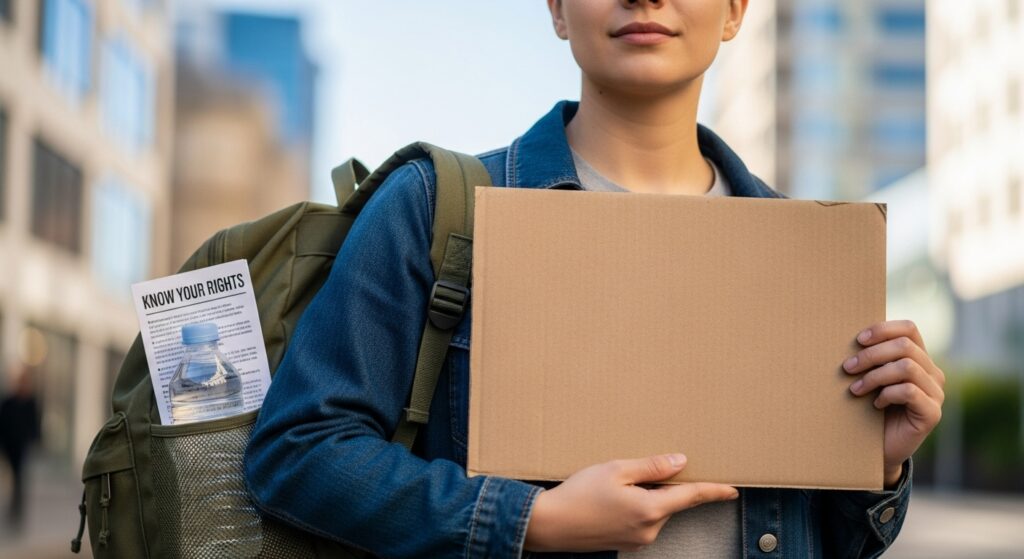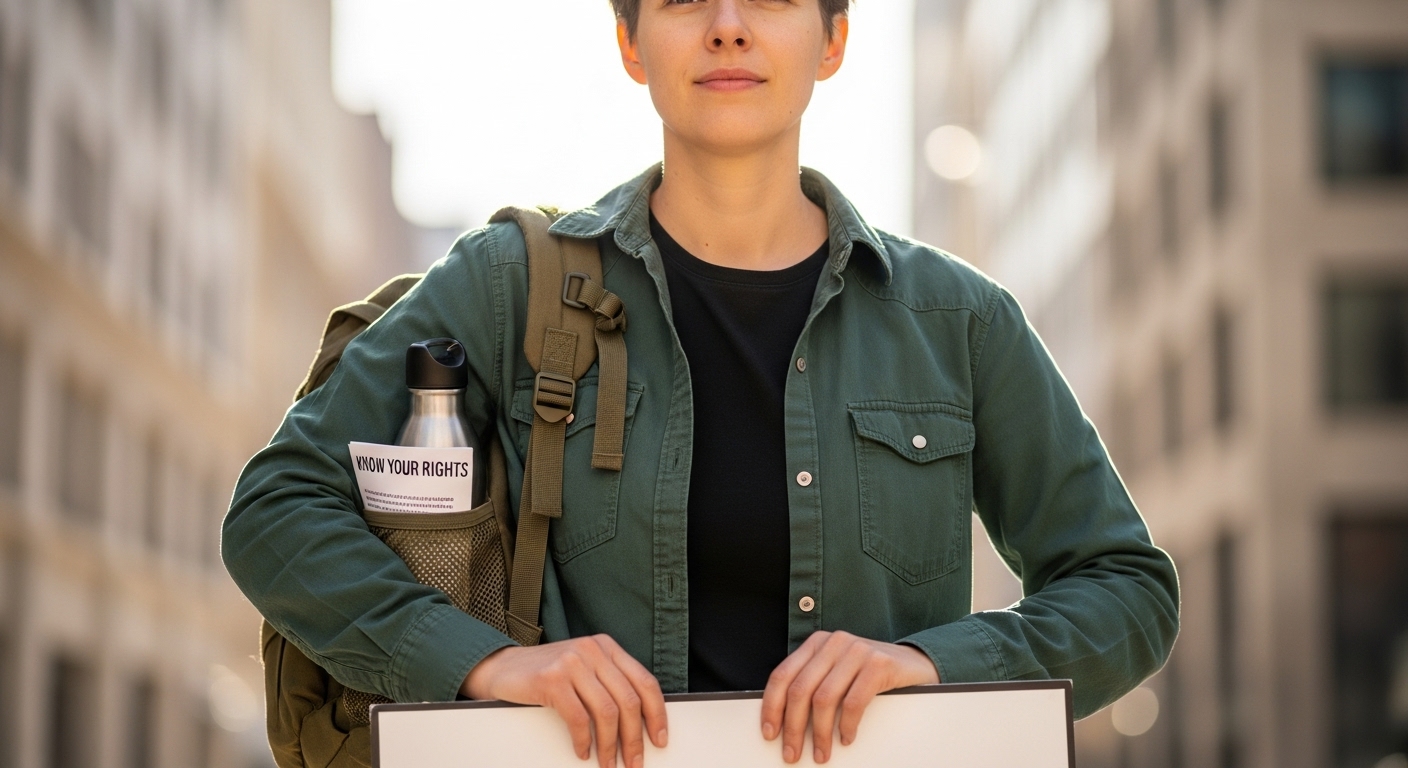
Participating in a protest can be a powerful way to make your voice heard, advocate for change, and stand in solidarity with others. However, the prospect of attending your first demonstration might feel daunting, raising questions about personal safety, legal rights, and how to truly make an impact. This comprehensive protest safety guide is designed to equip you with the essential knowledge and practical advice needed to navigate any protest environment confidently, safely, and effectively.
From understanding your constitutional rights to packing the right essentials and knowing what to do in various scenarios, we’ve distilled critical insights from experienced activists and legal experts. Whether you’re joining a broad movement or a specific local cause, preparing properly is the first step toward powerful and peaceful participation.
Introduction: Preparing for Your First Protest
The call to action, whether for social justice, environmental protection, or political reform, often moves individuals to take to the streets. Events, from local gatherings to larger demonstrations like those organized by groups advocating for change, empower citizens to collectively express their views. For first-time protestors, this experience can be both exhilarating and overwhelming. Our aim is to demystify the process, ensuring you feel prepared and protected, allowing you to focus on the message you wish to convey.
Pre-Protest Planning: Essential Checklist and Considerations
Thorough preparation is paramount for a safe and impactful protest experience. We’ve found that a well-planned approach significantly reduces risks and enhances your ability to participate effectively.
Research Your Event
Before you go, understand the protest’s purpose, route, and any specific rules or themes. Knowing the organizers and their stated goals can help you align your participation with the event’s objectives. Search for information on the event’s online presence or through reputable activist groups. This due diligence is a crucial aspect of any robust protest safety guide.
Pack Smart
Your bag should be practical and contain essentials for safety and comfort:
* Identification: Always carry a valid ID, but be aware it may be requested by law enforcement.
* Water and Snacks: Stay hydrated and energized, especially for longer events.
* First Aid: Small kit with bandages, antiseptic wipes, and any personal medications.
* Comfortable Shoes and Clothing: Dress in layers for changing weather and choose clothes you can move freely in. Avoid anything that could be easily grabbed.
* Protection: Sunglasses, hats, and sunscreen for sun, or rain gear if needed. Consider a mask (non-medical, for anonymity or dust) if appropriate for the situation.
* Charger: A portable power bank for your phone.
* Emergency Contacts: Write key contacts on your arm with a permanent marker, in case your phone is lost or confiscated.
Notify Your Network
Inform a trusted friend or family member about your plans, including the protest location and estimated return time. Agree on a check-in schedule. This provides a vital safety net.
Protest Safety Tips: Staying Safe in a Crowd
Crowds can be unpredictable, but with awareness and preparation, you can significantly enhance your personal safety. As part of this protest safety guide, we emphasize situational awareness.
- Stay Aware of Your Surroundings: Constantly observe the crowd, exits, and any law enforcement presence. Avoid getting trapped against barriers or in tight spaces.
- Use the Buddy System: Attend with at least one friend and agree on a meeting point if you get separated.
- Identify Exit Routes: Before the protest starts, mentally map out several escape routes from your location.
- Keep a Safe Distance: Maintain personal space when possible, and avoid escalating confrontations. Your safety is the priority.
- De-escalation: If tensions rise, try to de-escalate rather than confront. Focus on peaceful interaction.
- Protect Your Electronics: Keep your phone charged and consider disabling biometric security (fingerprint/face ID) and enabling a simple passcode before arriving, as law enforcement may compel you to unlock your device using biometrics.

Understanding Your Legal Rights as a Protester
Knowing your rights is your most powerful tool. In the United States, the First Amendment protects your right to freedom of speech and assembly. However, these rights are not absolute and can have limitations.
Key Rights to Remember:
* Right to Protest: You generally have the right to protest on public sidewalks, streets, and parks, as long as you do so peacefully and without blocking pedestrian or vehicle traffic excessively. Permits may be required for large gatherings or marches.
* Right to Record: You have the right to photograph and video record anything in plain view in public spaces, including law enforcement officers. However, be aware that you may not interfere with their duties.
* Right to Remain Silent: If questioned by law enforcement, you have the right to remain silent. You are only required to provide your name and identification if you are being detained or arrested.
* Right to Counsel: If arrested, you have the right to a lawyer. Do not answer questions without your lawyer present.
Carry a
